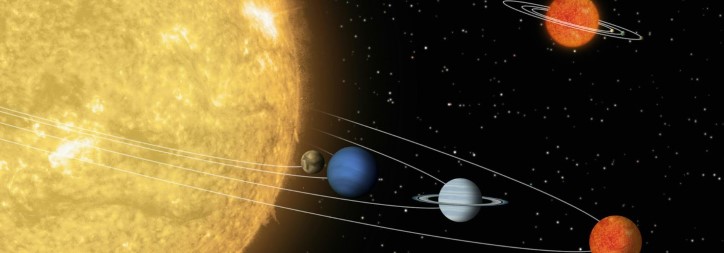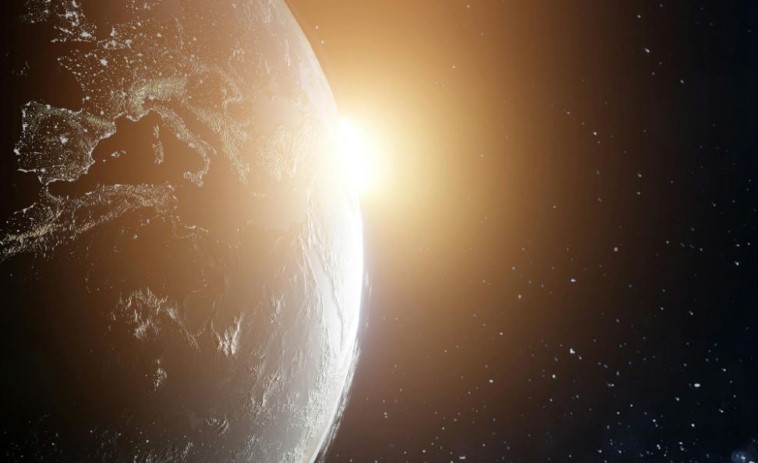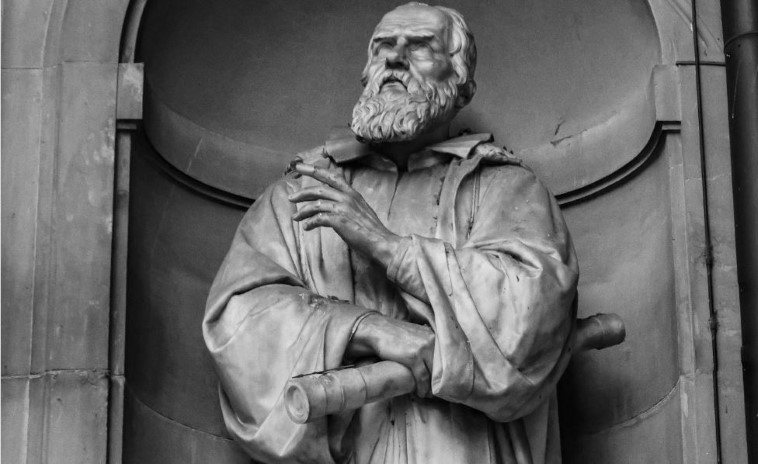Our Earth sure is moving: it’s time to dive into the proof

We are used to judging the outside world from our point of view. We see that the Sun moves in the sky, not our planet, and it takes a lot of intellectual effort to conclude it’s the other way around.
In the long past, this dilemma was dealt with by none other than the Greeks. They tried to explain everything and provide evidence for it.
So, the famous Aristotle, who lived from 384 to 322 AD, says: Everything that is heavy tends to the center of the world. If you throw a rock, it falls. And the Earth would be heading towards that same center if it wasn’t already in it.
On the contrary, it is quite calm and immobile. Because if it were the other way around, we would see that some stars are moving away from us, while others are approaching us.

Logical – but wrong.
Then, in this short story of ours, Aristarchus, a genius from the island of Samos who lived from 310 to 230 AD and who set himself the task of measuring the sizes and distances of the Earth, the Sun and the Moon, and succeeded in doing so, appears on the scene.
You will understand how difficult this must have been to do if only you attempted to do something like that yourself.
Basically, Aristarchus did not get a precisely correct result, but it was clear to him that the Sun is big and the Earth is small, so it was logical for this wise man that a small body moves around a big one, and not the other way around.
This is how the heliocentric system was created, in which the Sun (Helios, God of the Sun), and not the Earth, is in the center of the firmament, a system in which at that time no one except Aristarchus believed.
And it continued like that until Nicolaus Copernicus (1473-1543), who again put the Sun in the center of the firmament (there was no talk of deeper knowledge of the universe at that time).
Since then, Copernicus has been considered the progenitor of the heliocentric system, although he was actually, as we have seen, not entirely original. The thought that the Sun is at the center of everything was dangerous at the time (because it was opposed by the geocentric teaching of the church) and Copernicus refused to publish it until the near end of his life.
Galileo Galilei (1564-1642) follows in this series of great men who considered the movement of the Earth, who in 1610 observed Venus through his small telescope and saw that it was passing through phases, and that it was moving within the Earth’s orbit – which meant that it was going around the Sun.

Galileo’s discovery of four Jupiter satellites also contributed to this conclusion – which also did not move around the Earth, but around Jupiter itself. All the previous ones were mere theorizing, while his observations were real and strong proof that the Earth does not stand still.
But this is not all. Let’s go back for a moment to Aristotle, who noticed that if the Earth were moving, we would have to see some stars moving towards us, and some others moving away from us – and we don’t notice that.
Well, yes, we don’t notice, but not because the Earth is stationary, but because the stars are so far away that they always seem motionless to us. But if we were to observe them with precise instruments…
Well, the Earth’s orbit is about 300,000 kilometers in diameter. If the Earth is moving, it will move 300,000 kilometers in half a year, so we will observe the nearby star from a different angle towards the background.
Here’s a standard example: put your finger in front of your nose and look at it first with one eye, then with the other eye, and you’ll notice that the finger, relative to the background, jumps left and right. This is called the parallax effect.
This is an apparent change in the position of an object in relation to the background due to the difference in the position of two observers.
However, this is a theory that needed to be proven, and this is exactly what Freudruch Wilhelm Basel managed to do in 1838 when he measured the parallax of the star 61 Cygni.
Want to read more about the universe? Visit our blog!

